| Structure | Name/CAS No. | Articles |
|---|---|---|
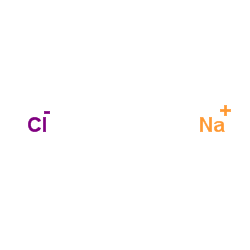 |
sodium chloride
CAS:7647-14-5 |
|
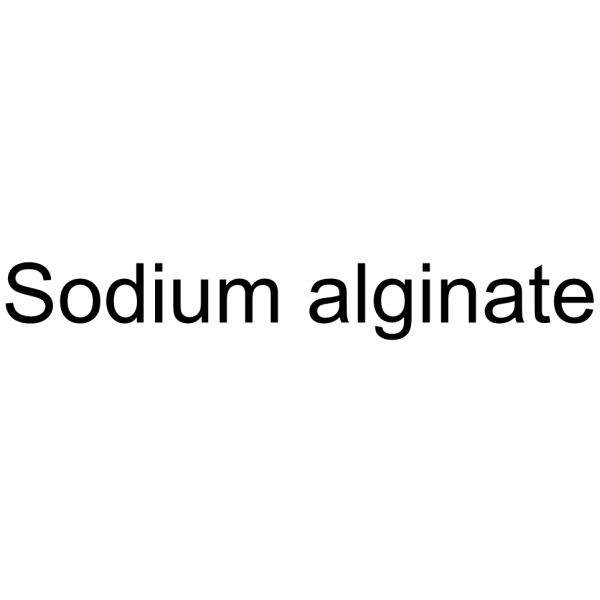 |
Sodium alginate
CAS:9005-38-3 |
|
 |
SODIUM CHLORIDE-35 CL
CAS:20510-55-8 |
|
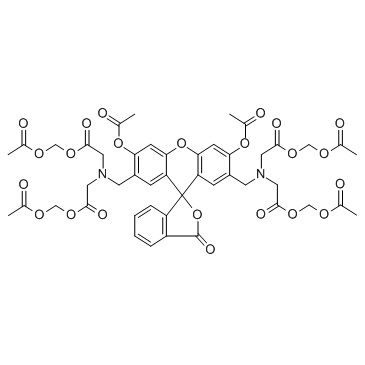 |
Calcein-AM
CAS:148504-34-1 |
|
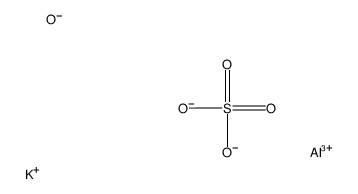 |
Gelatin
CAS:9000-70-8 |
|
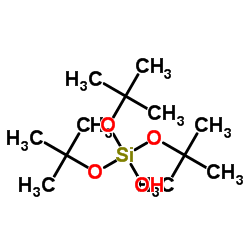 |
Tris(2-methyl-2-propanyl) hydrogen orthosilicate
CAS:18166-43-3 |
|
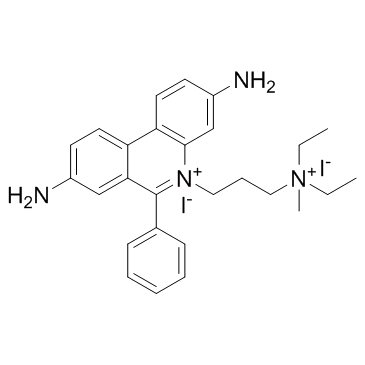 |
Propidium Iodide
CAS:25535-16-4 |
|
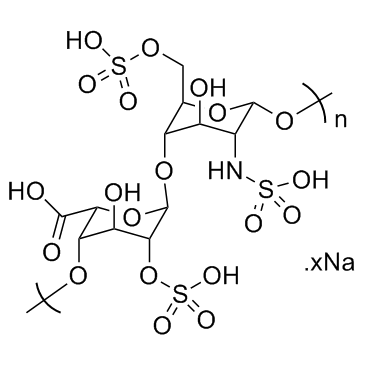 |
Heparin sodium
CAS:9041-08-1 |